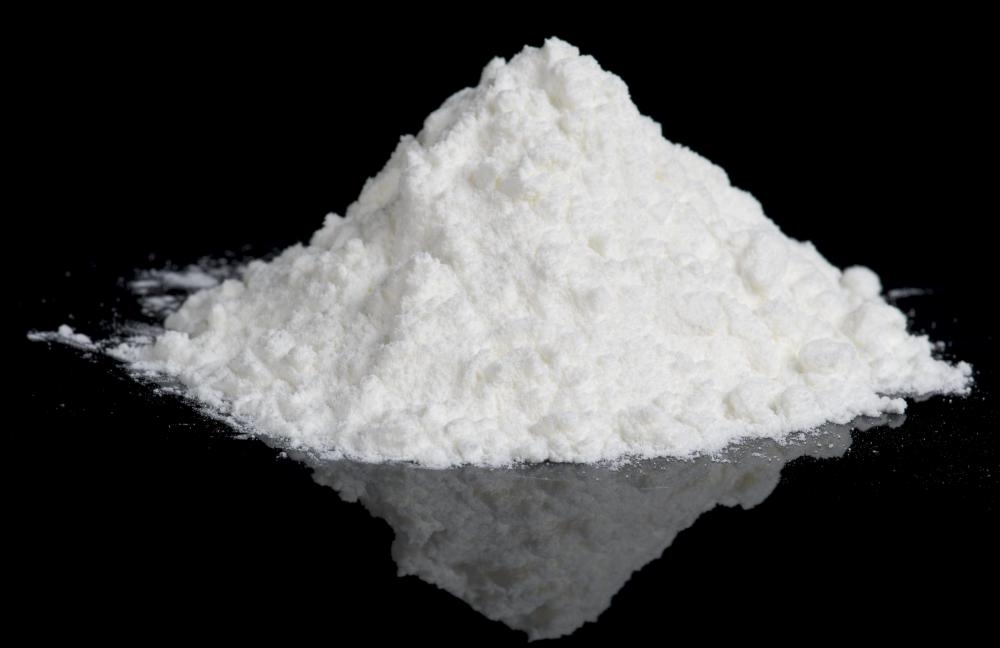At WiseGEEK, we're committed to delivering accurate, trustworthy information. Our expert-authored content is rigorously fact-checked and sourced from credible authorities. Discover how we uphold the highest standards in providing you with reliable knowledge.
What is Plasterwork?
Plasterwork is the use of plaster for structural or decorative purposes. A lime-based substance that is mixed with water, plaster is applied, shaped, and then allowed to harden. It has been widely used in construction for many centuries, but the most common type of plasterwork in the modern world is found covering interior or exterior walls. Decorative elements made out of plaster remain popular, however.
Early civilizations in the Mediterranean and China used various concoctions of minerals with lime. The lime allowed these mixtures to set into hard and durable coatings that were used on interior and exterior walls. The Romans were masters of all technologies relating to cement and used plasterwork extensively both as an exterior layer over brick and as the base for the decorative painted frescos which were common in the homes of the wealthy.

Modern plasterwork is less apt to be layered over brick, as brick is now quite expensive and rarely used where it will not be visible. Typically, if plaster is used in a modern structure, it will be installed over a wooden frame and will be anchored to lath, which can be made of thin strips of wood with spaces between them or of metal mesh. In either case, wet plaster is applied to the lath in multiple coats. The first coat is pressed through the lath, so that when it hardens, the lath and plaster are effectively wedded. Once a base coat has been applied and allowed to harden, additional coats are added with a smooth topcoat providing the final, visible layer of plaster.

Plaster and stucco require more skill and time to apply than many other types of wall material, such as gypsum board, but plasterwork on walls has several major advantages. Construction with plaster is very durable and resists moisture quite effectively. Furthermore, plaster tends to muffle sound, making rooms quieter and and more private.
Walls covered in plaster are often adorned with decorative plasterwork, which further enhances their appeal. Plasterwork can be shaped into fanciful, decorative shapes, ranging from intricate floral patterns to simple lines and ridges that add visual depth to a wall. Crown moldings can also be crafted out of plaster. Homes from the Victorian era often feature miniature sculptures made of plaster, often in the form of medallions mounted on ceilings as ornamentation.
AS FEATURED ON:
AS FEATURED ON:












Discuss this Article
Post your comments